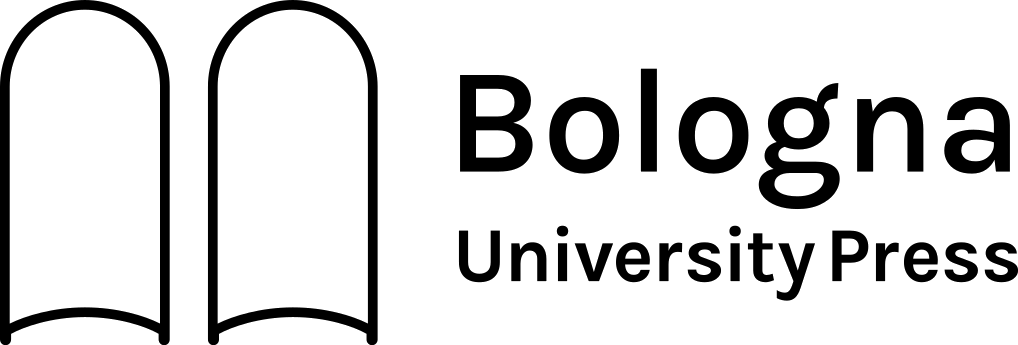Abstract
One of the most debated issues of sustainability in the last century concerned the insulation layer, placing it at the center of technological innovation with a primary role in the design of the building shell; this change has generated an increasingly complex functional model. Its nature, morphology, and location guided the most appropriate choice: vegetable, animal, mineral or synthetic; inconsistent, panel or mat; in external, of interspace or internal position; until now, the products selection has been based on energy savings during the management phase of the building and not looking at production and disposal. This study, expanding the look at the life cycle of thermal insulators, focused on the most controversial in terms of sustainability, those of “plastic” derivation to understand with a correlative method: the trends prepared by companies to reduce “from cradle to gate” the use of fossil resources, the carbon footprint, the amount of water and energy consumed; what are the resolutions adopted to respond, with a renewed “conscious” production, to the Minimum Environmental Criteria (CAM Italian acronym) required in the Green Public Procurement (extended by virtue of state incentives also to private construction); the opening of the production system to industry 4.0 which will require a BIM (Building Information Modelling) approach for any type of intervention. After an extensive exploration to select a sample of synthetic thermal insulators, emblematic of the recent path of sustainable innovation, three investigations were undertaken aimed at highlighting: the congruity of performance of the winter and summer thermo-hygrometric profile; compliance with CAM but more extensively the attestation of their bio-ecological vocation; the conception of BIM objects for immediate use in the professional field. The results, although not homogeneous, have highlighted a great ferment in the sector, with a very promising technological level of some production lines to resolve prejudices and closures towards the synthetic thermal insulators.









